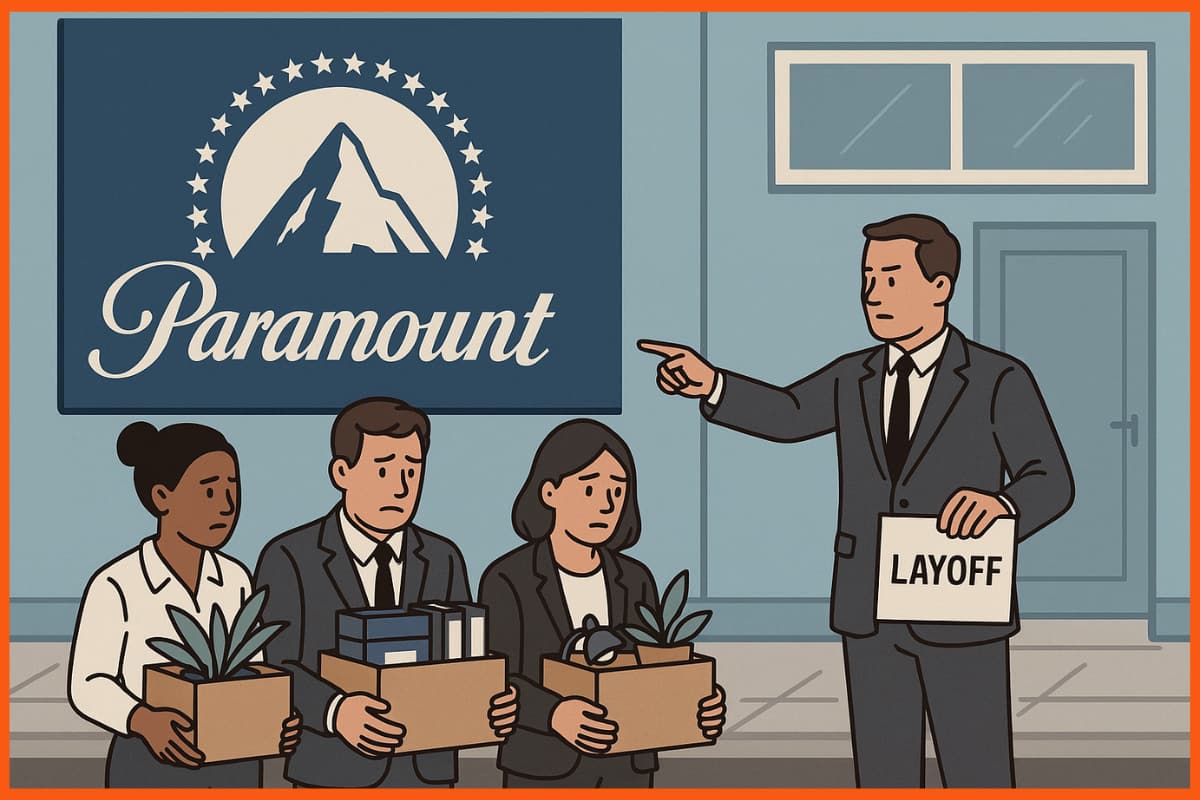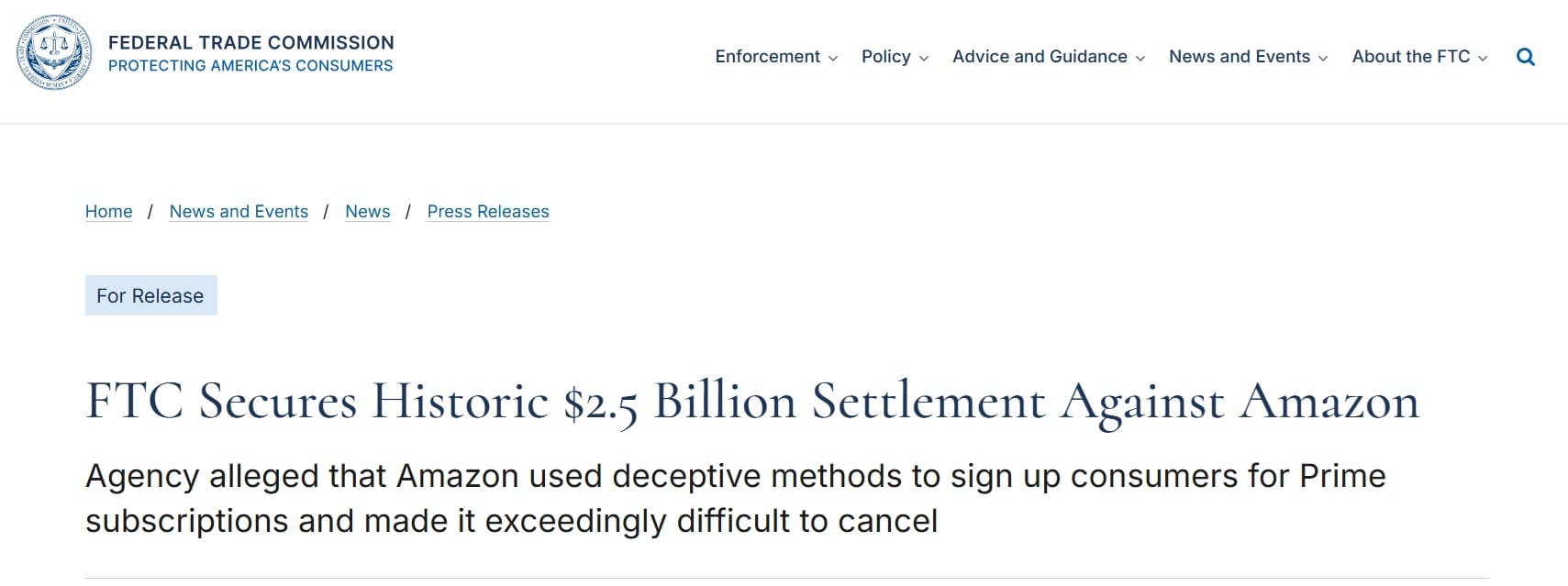Paramount Skydance was a newly formed company after Skydance Media merged with Paramount Global. The deal was about $8.4 billion in August 2025. After such huge spending, the company is planning a massive layoff of around 2,000 employees in the U.S. According to a report by Variety, these job cuts will start on October 27, 2025. So, will there be more cuts in other countries, too? Does this have anything to do with what’s happening in the entertainment industry? For all that, learn more.
What’s Happening at Paramount Skydance?
Paramount Skydance is laying off 2,000 employees in the U.S. to cut costs and restructure after a major merger.
The big merger (Skydance Media merged with Paramount Global) resulted in roles overlapping, like two marketing or HR teams doing the same job. The company is looking to remove roles that duplicate the positions to save money.
The first round of layoffs will start in the U.S., and the other countries will come later, after its Q2 earnings in November 2025.
How Big Is Paramount’s Workforce Now?
Before the merger happened, Paramount had a workforce of:
- 18,600 full-time and part-time employees.
- 3,500 project-based staff (temporary or contract workers).
- So, now the company is laying off 2,000 people, which is about 10% of its total staff.
What’s Happening in the Rest of the Industry?
Paramount Skydance isn’t alone. Almost every big media company is laying off its employees in the name of restructuring, cost cuts, and slower ad revenue in the entertainment industry.
Here are a few big examples
- Warner Bros. Motion Picture Group – In July 2025, the company announced that it would lay off about 10% of its staff before splitting into two units.
- Universal International Studios – The company laid off its employees in early 2025 in offices across London, Australia, and Los Angeles.
- NBC News – In October 2025, the company laid off about 150 employees (roughly 7%).
- The Washington Post – The company had to lay off about 4% of its staff (which is fewer than 100 people) due to financial loss in January 2025.
- Walt Disney – The company plans to lay off hundreds of employees in its marketing, publicity, casting, and development departments. This will include film, TV, and finance divisions.










